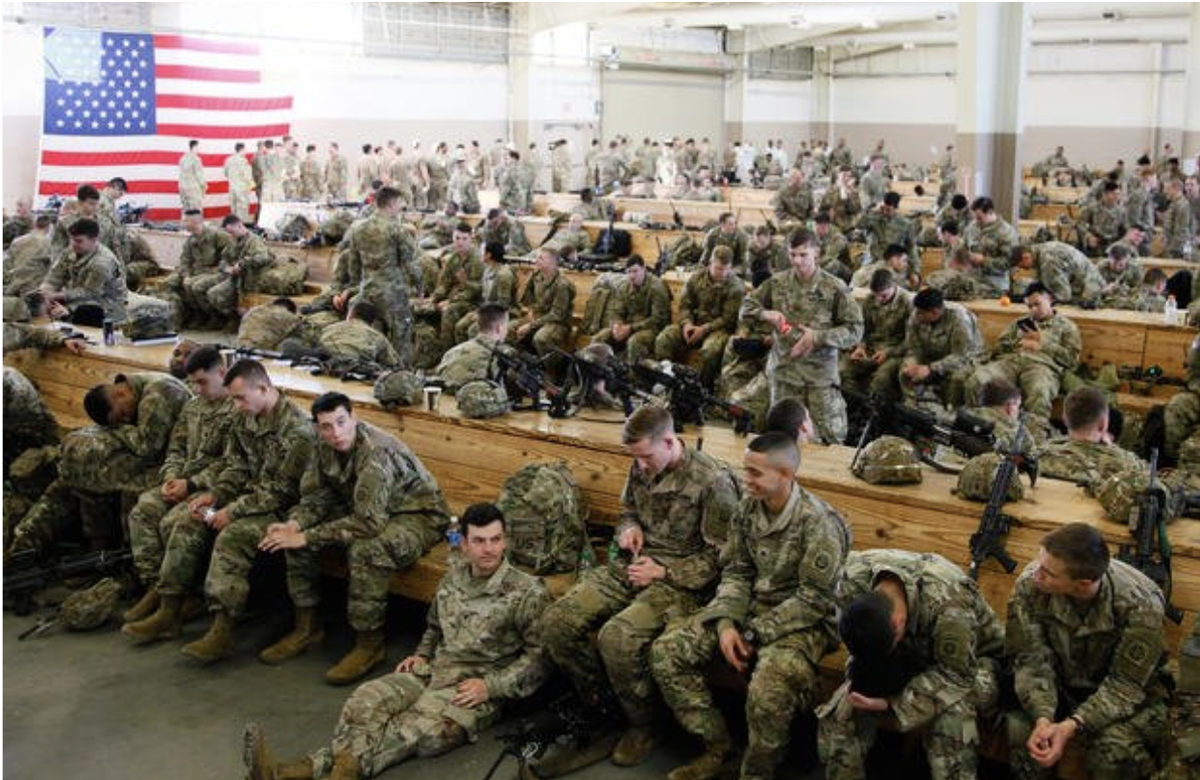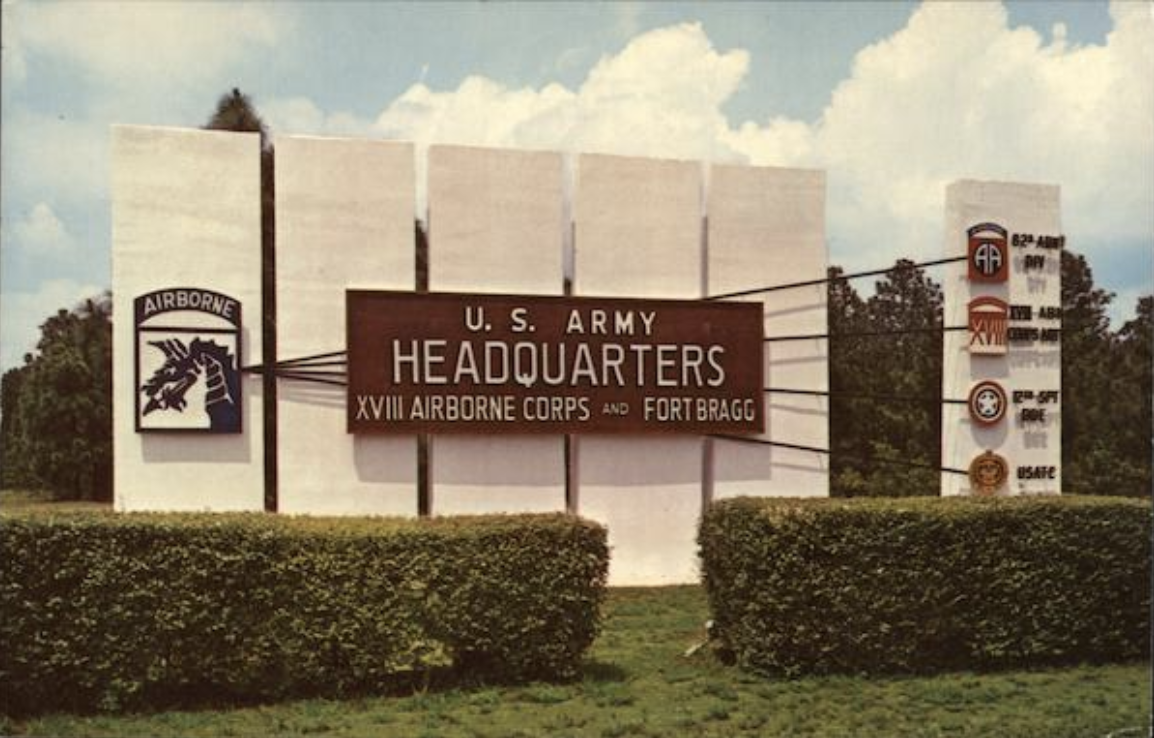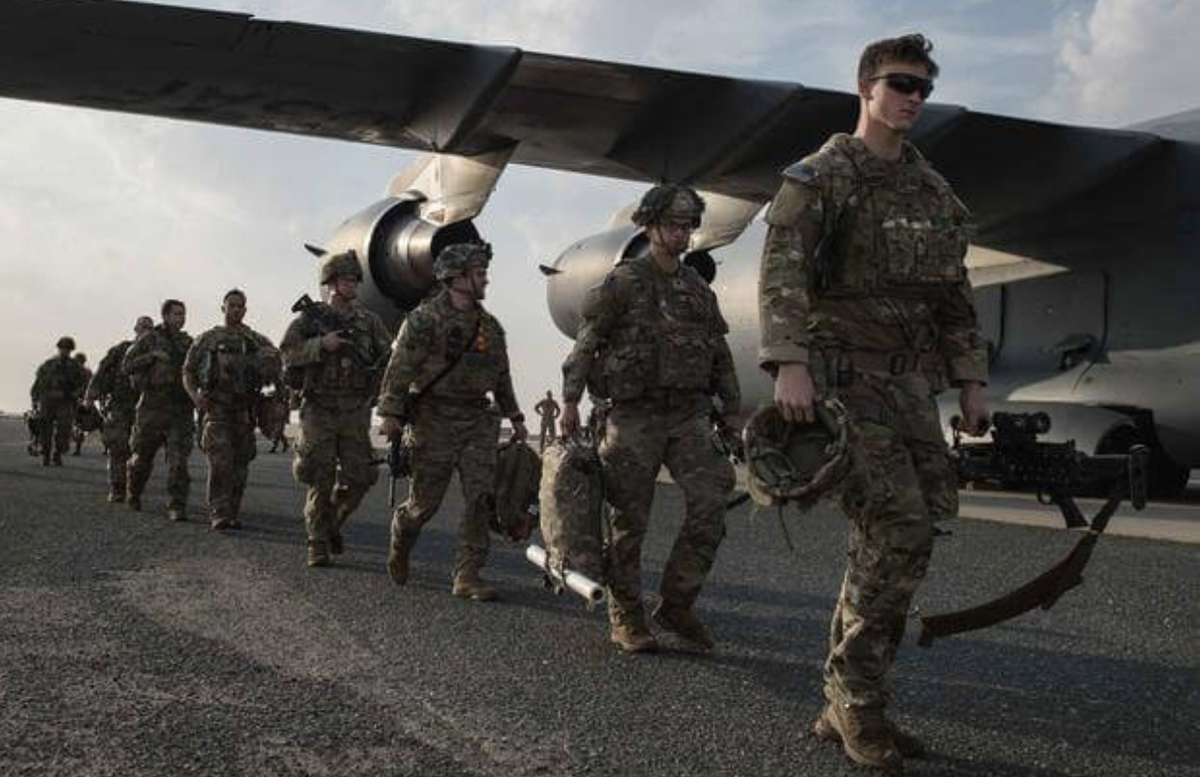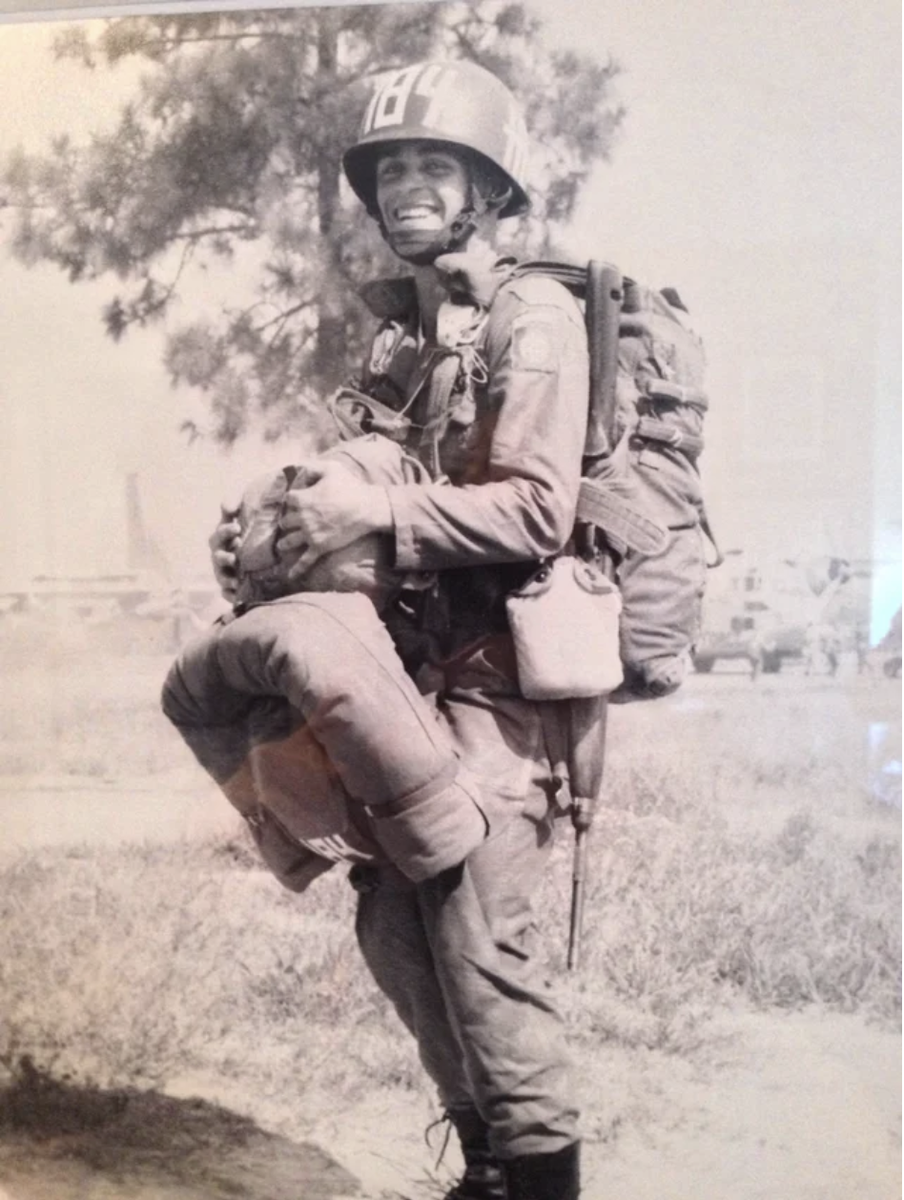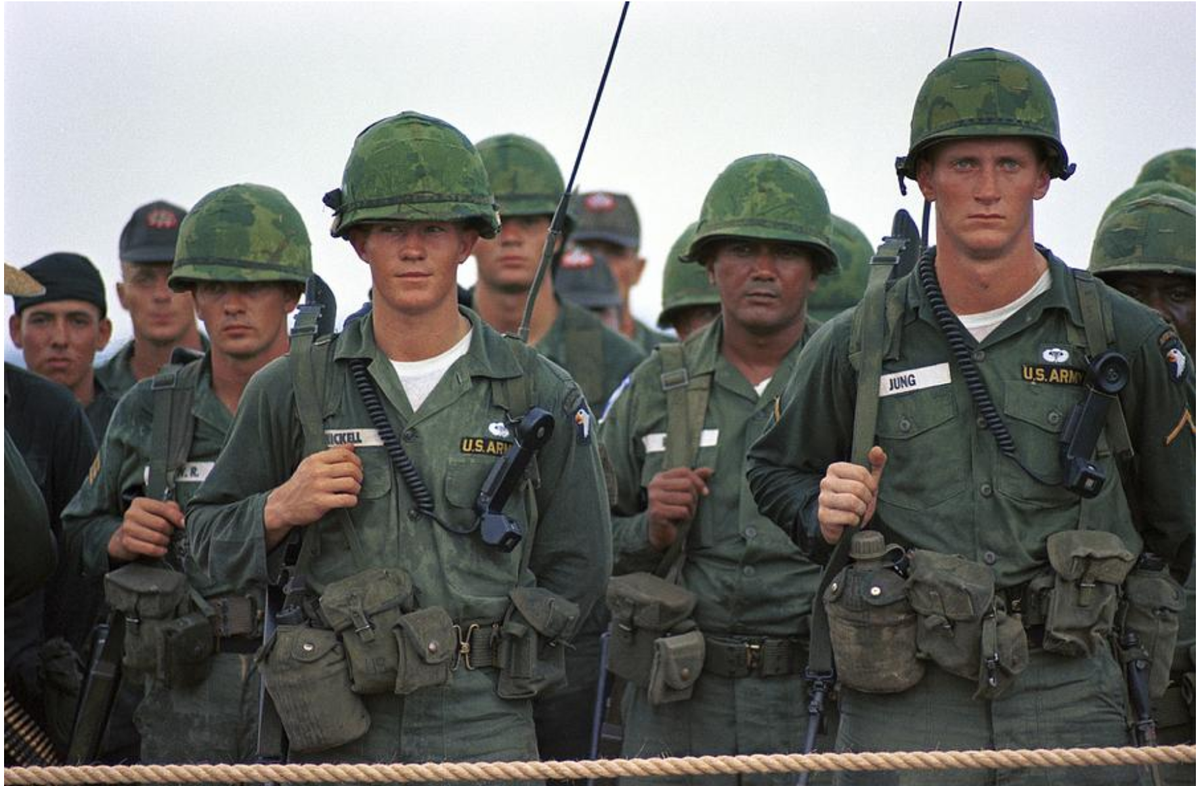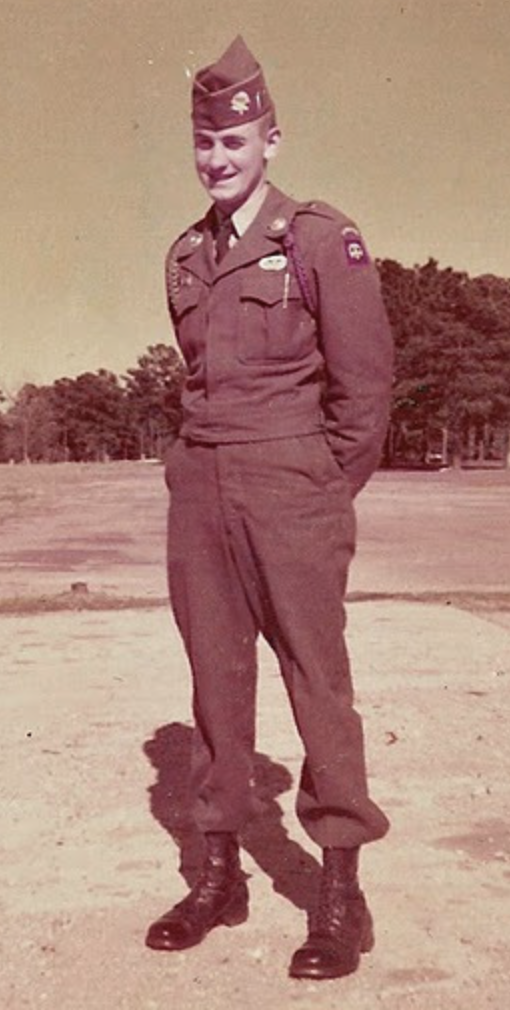1 of 45
In the summer of 1957, @usairforce General Nathan Twining replaced @USNavy Admiral Arthur W. Radford as chairman of @thejointstaff
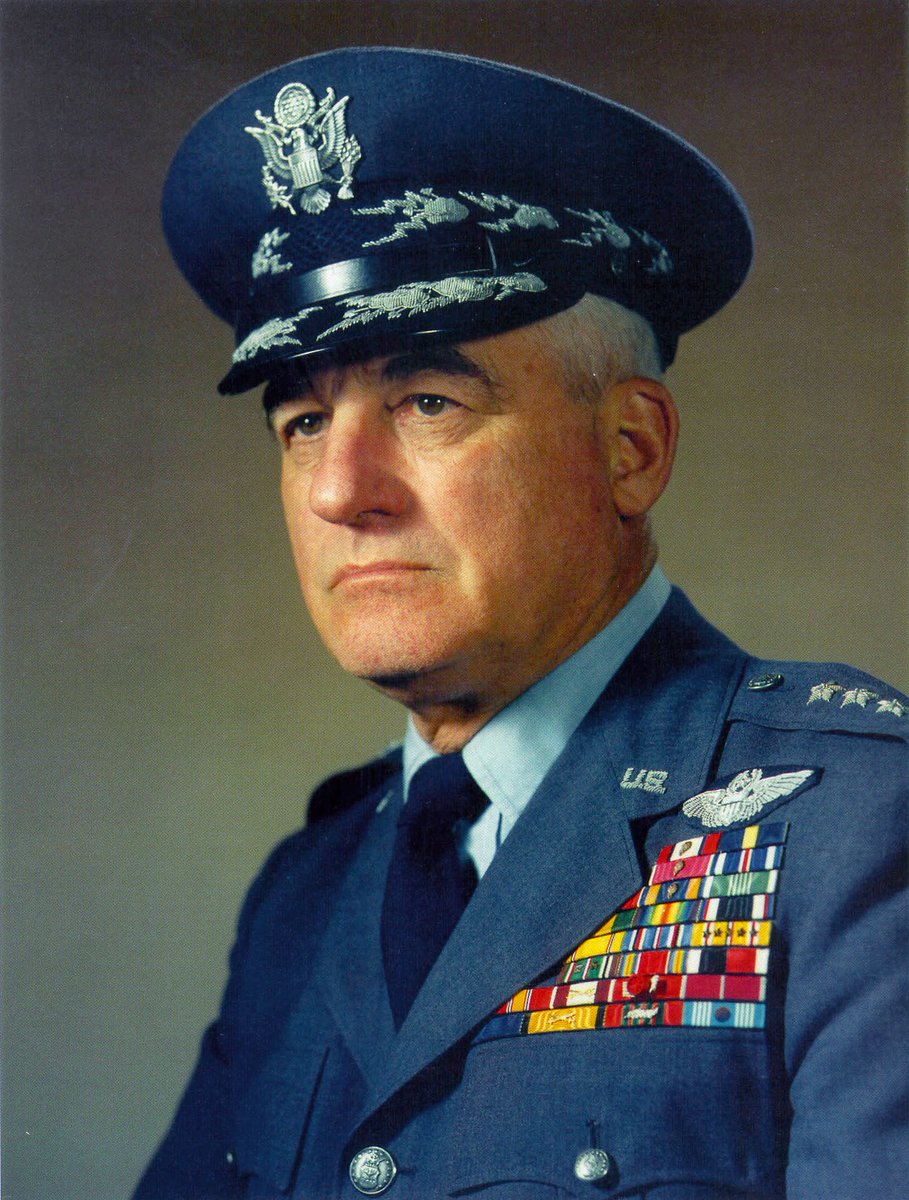
In Twining, Maxwell Taylor (still Chief of Staff of the @USArmy) found a champion for an idea he’d developed in 1956.
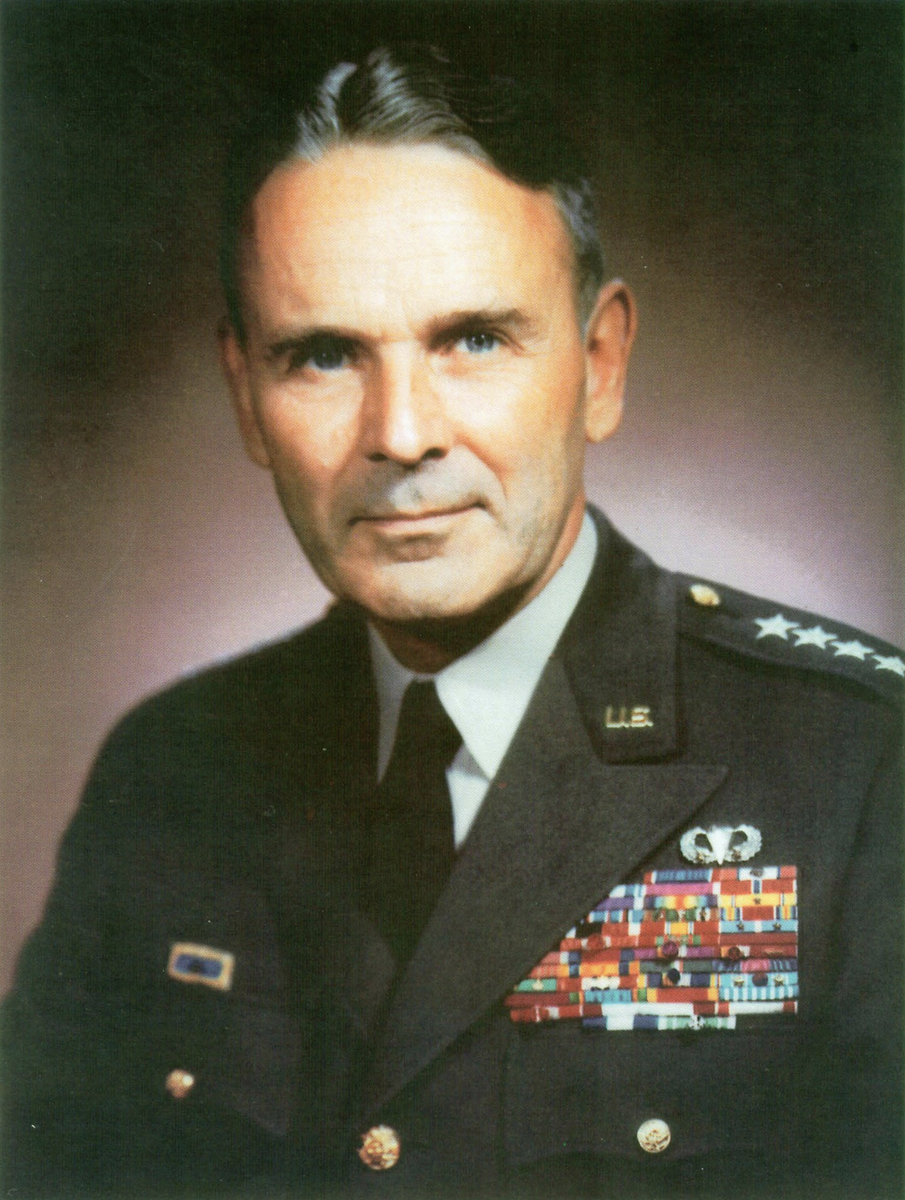
Unlike the Pentomic Division, this was actually a good idea.
The corps HQ was to command and control these reserve forces in the event of a crisis somewhere in the world that did NOT involve major theater was with the USSR (a crisis for which, of course, we had war plans and against which Army units were committed).
For Twining and Taylor, STRAC would provide a flexible land force that could deploy and fight.
For Maxwell Taylor, STRAC was the answer to limited war.
The @4thInfDiv, then at @JBLM_PAO & the 101st Airborne Division @FortCampbell were designated as STRAC’s first-line divisions.
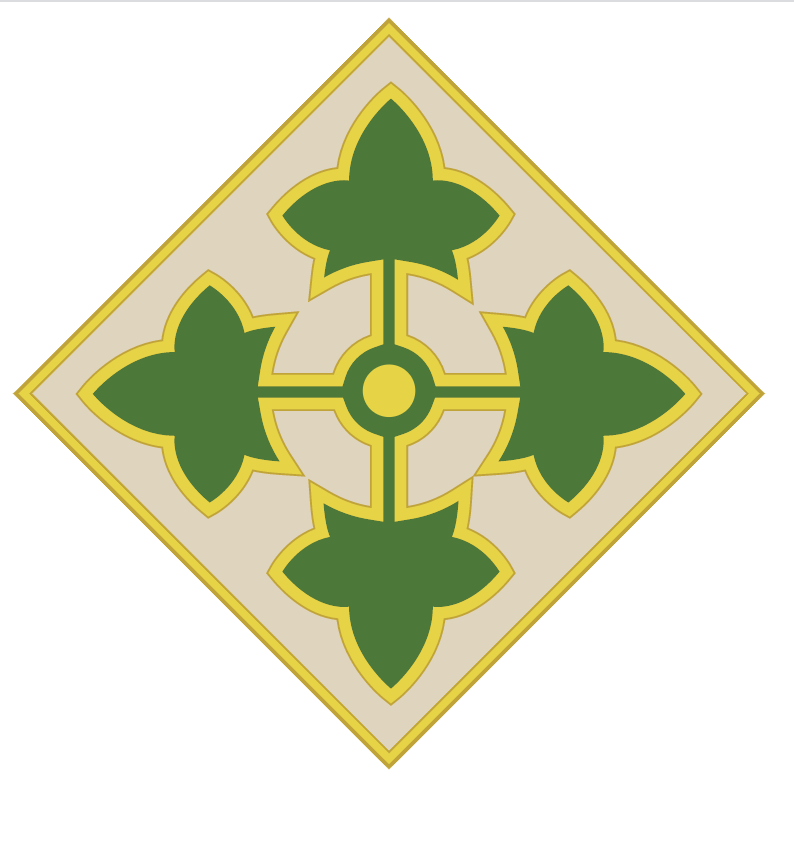
The @FightingFirst @FortRiley & @82ndABNDiv @FortBraggNC were to provide backup in the event of general war.
[Yes, we stole this logo design from @broadcastmike, #DealWithIt]
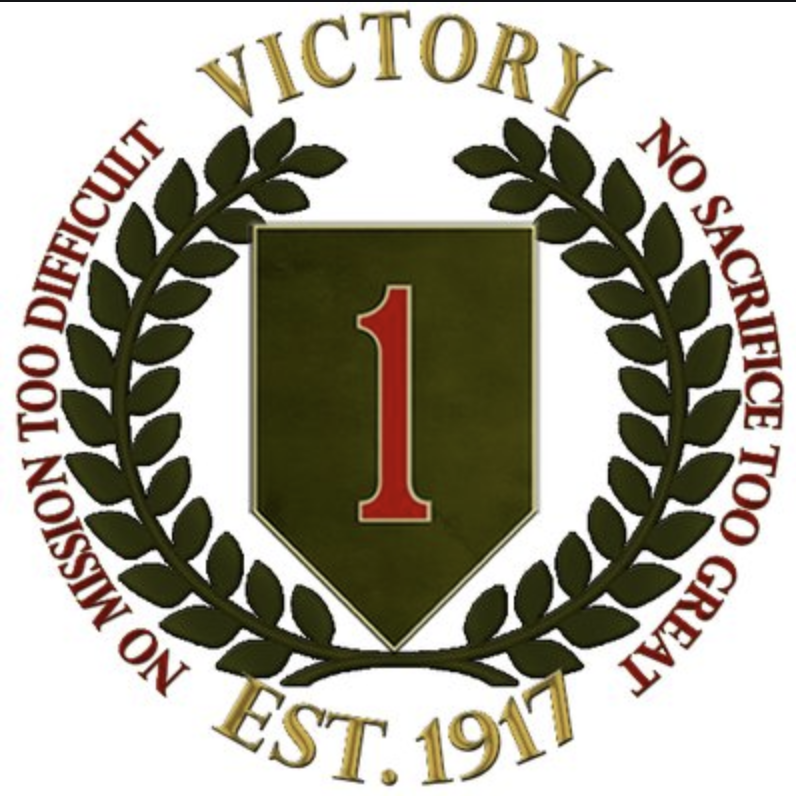
Sink was (of course) another member of the airborne mafia: he commanded the @101stAASLTDIV’s 506th regiment during WWII (he was played by Dale Dye in the “Band of Brothers” series)
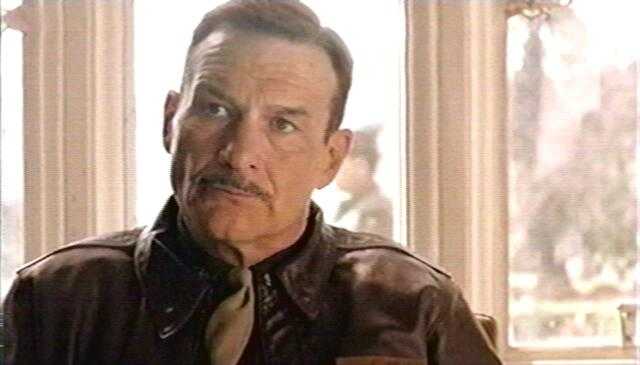
So, Sink, a legendary paratrooper, was the commander of XVIII Airborne Corps and STRAC (really, the same thing...the corps was the STRAC designee) and @FtBraggNC.
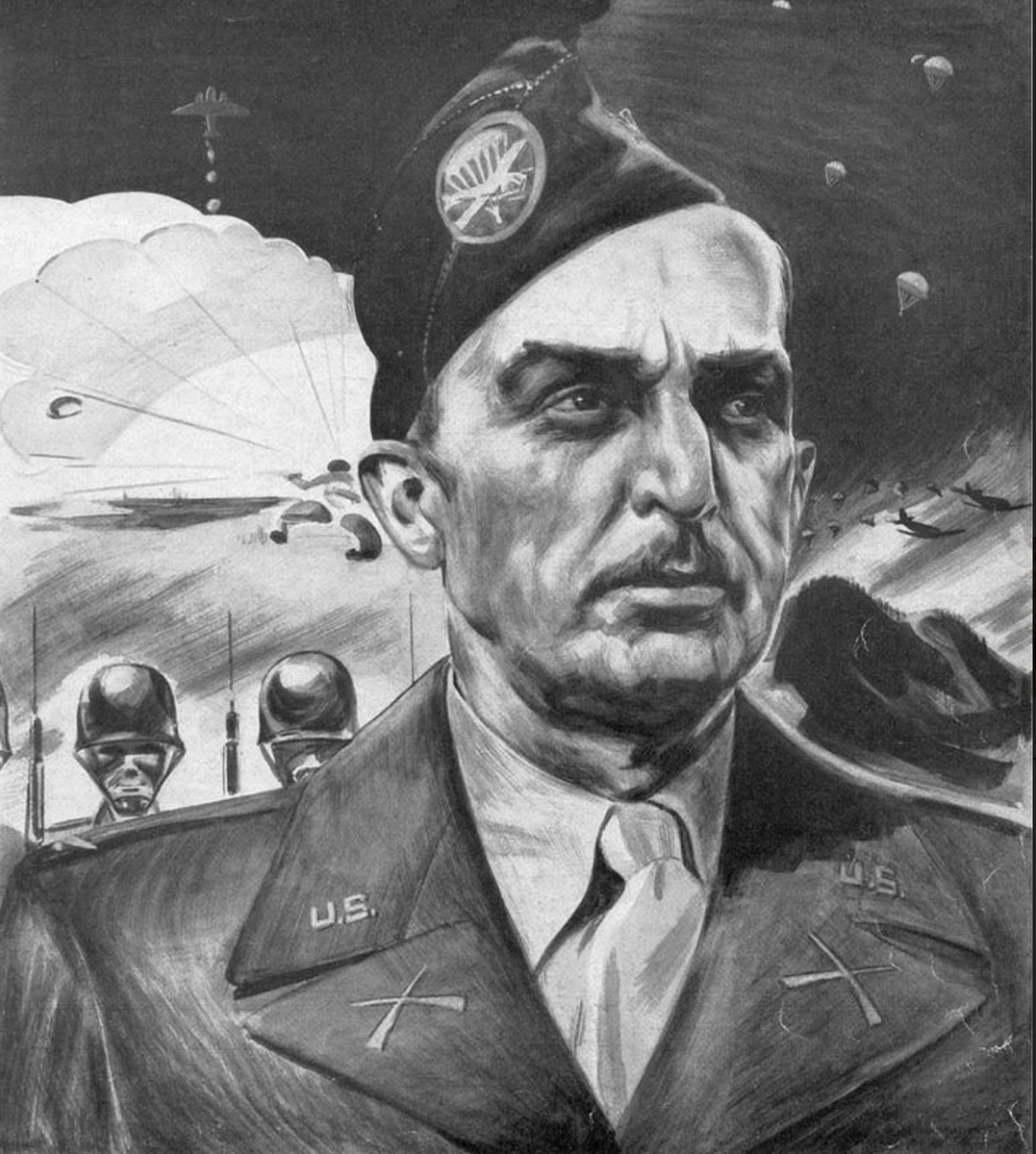
Under Sink the STRAC concept blossomed. Standards for all organizations were established. Training events were developed & focused to meet those standards. @102ndblackhawk6 would approve.
General Sink’s goal: the initial elements of STRAC (specifically the @4thInfDiv HQ & a few of its battalions) can reach any point in the world in six hours plus flying time after an order is received.
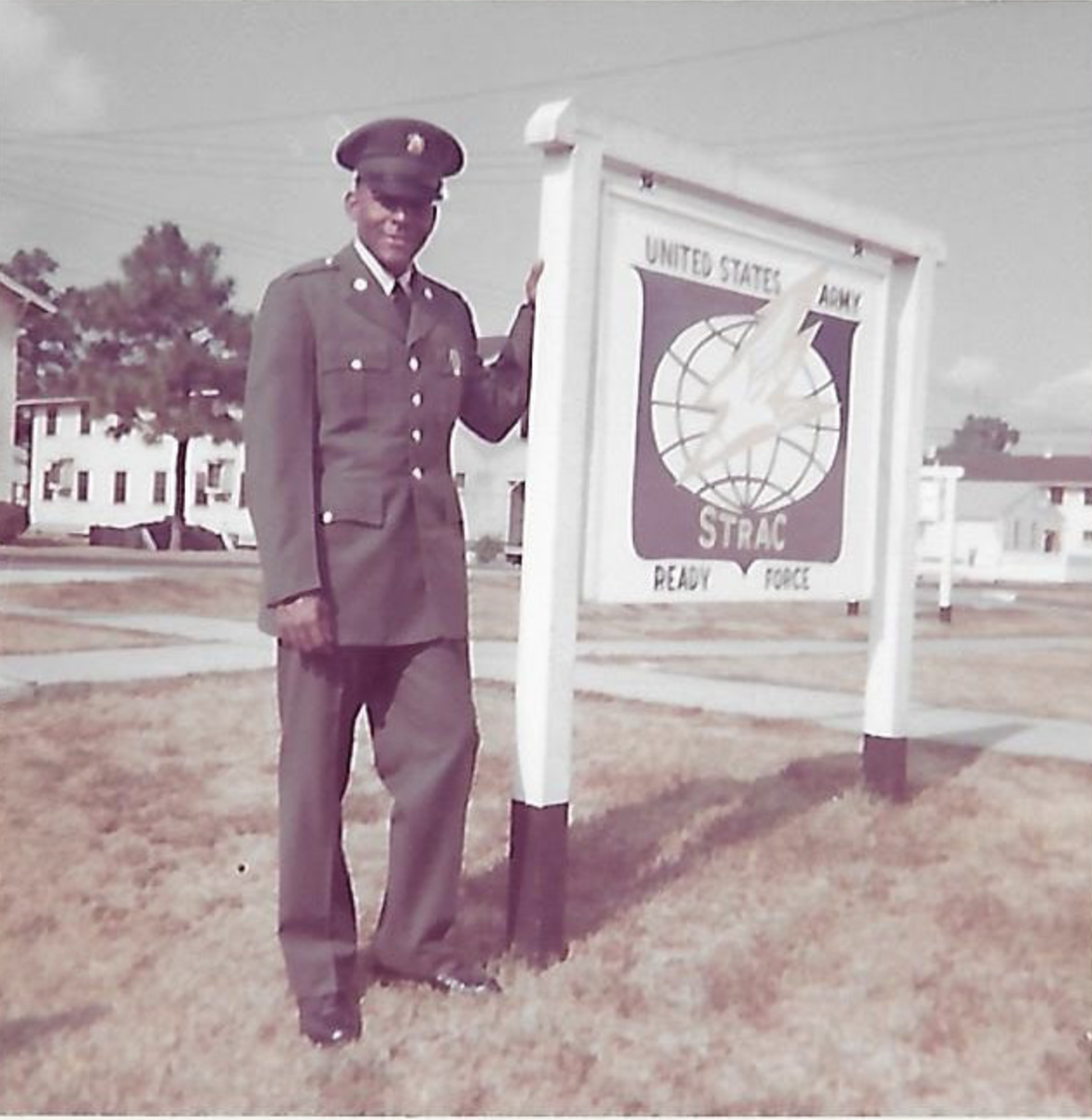
By 1960 STRAC grew to include units under III Corps at @forthood as well as elements from the @1stArmoredDiv)

STRAC reinforced an idea that both Taylor and Ridgway had a hard time selling to Ike: US-based Army units that were not part of the Soviet war plan needed to remain at higher readiness for a wider range of missions.
Within the beltway it was a marketing campaign.
Remember, this was a time of low readiness for US-based Army units and shrinking Army budgets. The STRAC designation provided an urgency for more resources going to Army units
Within the Army, STRAC allowed for a recruiting campaign.
You see, STRAC soldiers were important. They were cool. They were on the cutting edge. They were the country’s last line of defense against shadowy figures who sought to harm our country.
The term carried through the generations. For example, we know young LT @MG_SmithT wanted to be a STRAC Soldier!
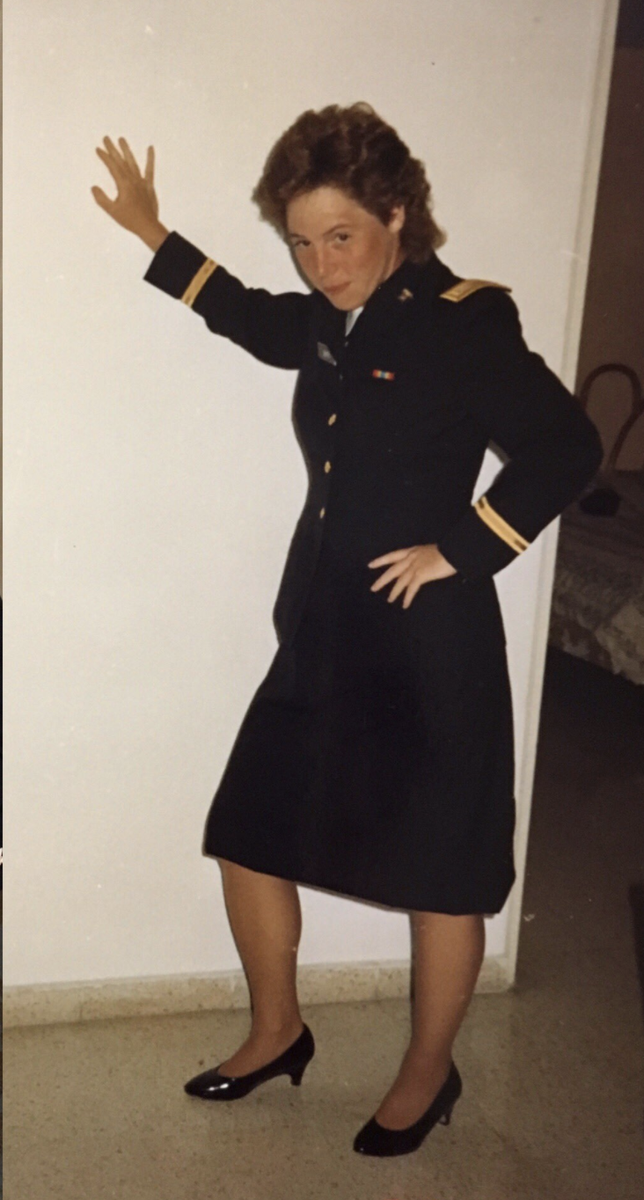
This was really the dawn of the time that the 82nd and 101st became cool again.
They had higher standards of fitness and readiness than everyone else.
The major drawback for STRAC: those units had no dedicated air and sea lift needed to actually move these units to hotspots quickly.
In 1961, President JFK replaced Eisenhower as POTUS.
To truly build a rapid-response capability, the @DeptofDefense would need dedicated transport for STRAC.
So in March 1961 McNamara ordered the Joint Staff to develop a plan for integrating the Strategic Army Corps and @usairforce’s Tactical Air Command [a major AF command at @JBLE_News into a unified command.]
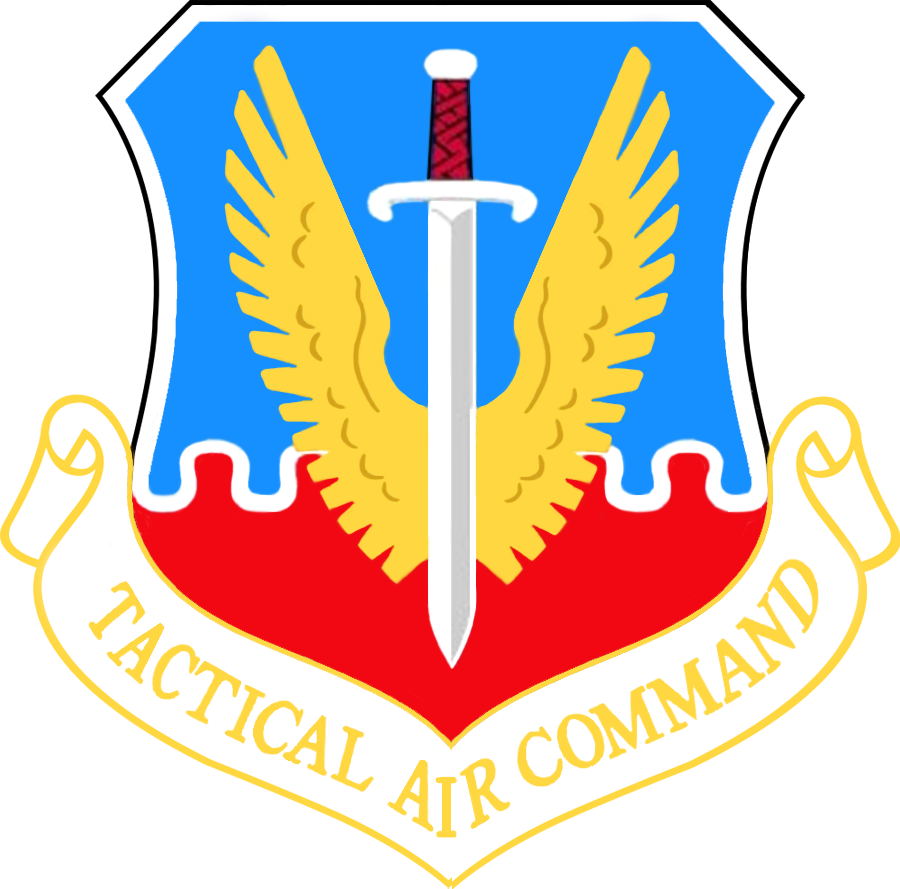
That unified command, United States Strike Command (USSTRICOM) was activated on 1 January 1962 at @MacDill_AFB with the dumbest patch ever. With this new joint command, the distinction of the STRAC designation faded away.
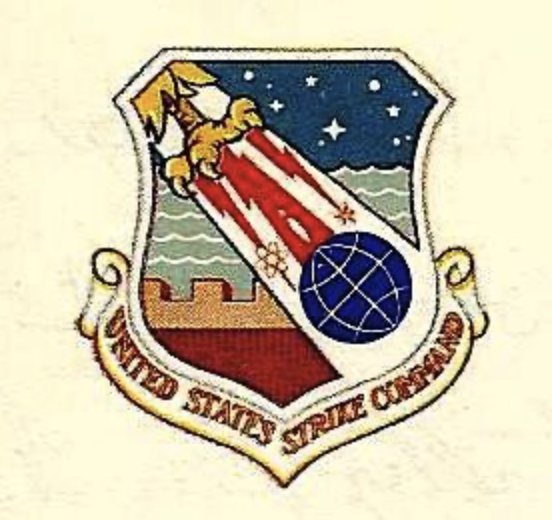
In fact, the STRAC has evolved into the Immediate Response Force mission held by units all over the @DeptofDefense, including the @82ndABNDiv.
